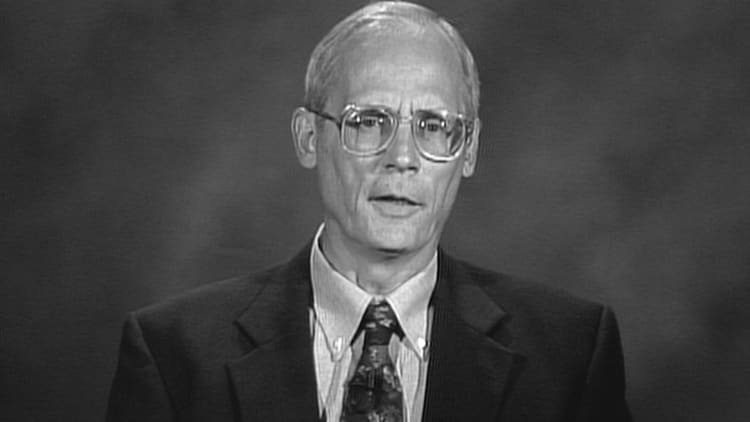According to personal finance guru Suze Orman, young people in particular "are in serious need of some navigational help when it comes to their 401(k)s."
For starters, most millennials aren't signing up for the right type of plan, she writes on Money: "Many employers now offer two flavors of 401(k)s. Every plan offers a traditional 401(k). … But starting about a decade ago, plans were allowed to offer a Roth 401(k) as well.
"Today about 60 percent of plans offer a Roth version, but less than 10 percent of young adults are saving in one."
That's a mistake. Most young people should sign up for the Roth, she says.
The main difference between a traditional 401(k) and a Roth 401(k) is when you pay taxes on your money. In a traditional 401(k), you contribute pre-tax dollars and then pay taxes on the funds when you withdraw them in retirement. With a Roth 401(k), the process is reversed: You pay taxes upfront but you can withdraw your contributions and earnings tax-free in retirement.
The reason a Roth is a particularly good option for millennials is because, as a younger worker, you're likely earning less today than you will be in the future. That means you're in a lower tax bracket and paying less in taxes than you would later on.
"Even when you start bringing in more, though, I suggest sticking with the Roth 401(k)," Orman notes. "A law of money that I believe in with all my heart is: Invest in the known, not the unknown. We don't know what the tax brackets will be when you retire. Right now they happen to be near historic lows."

Another option is to "do half in a traditional and half in a Roth," certified financial planner Nick Holeman tells CNBC Make It.
"A lot of people choose to do that because it's very difficult to guess what taxes will be in the future. Especially if you're young, you could be trying to predict taxes 20, 30 or 40 years into the future, so a lot of people choose to do half and half to hedge their bets."
At the end of the day however, what's more important than choosing the perfect vehicle is that you start saving and investing now.
Like this story? Like CNBC Make It on Facebook!
Don't miss: Suze Orman says this is the 'new retirement age'—and it might make you cringe




